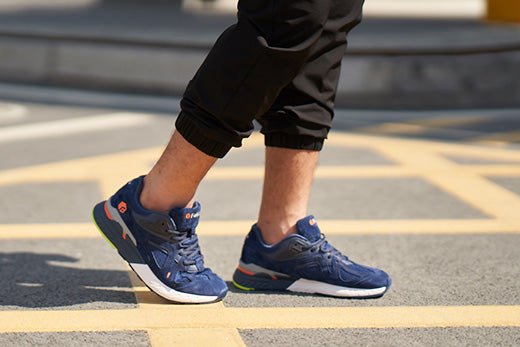Why you should be alert for your tight shoes

People tend to favor fashionable looking shoes over the shoes that are well fitted and comfortable. Many aged people are wearing shoes that are not appropriate for their foot shape and size. Studies have shown tight shoes could result in Toe Deformities such as Bunion, Corn, Hammertoe, Crossover Toes, Ingrown Toenail, and Diabetic Foot.
Bunion
A bunion is a painful bony bump that develops on the inside of the foot at the big toe joint. Bunions develop slowly. Pressure on the big toe joint causes the big toe to lean toward the second toe.
Corn
Corns are round areas of thickened skin on your toes and feet that develop due to constant pressure on the skin, caused by the rubbing of your toes against the interior of your shoe.
Crossover Toe
Crossover toe is a condition in which the second toe drifts toward the big toe and eventually crosses over and lies on top of the big toe. Crossover toe can occur at any age especially common for aged people.
Ingrown Toenail
An ingrown toenail happens when the edges or corners of the nail grow into the skin next to the nail and break the skin. It is a common condition, which can be painful, causing swelling, redness, and sometimes infection. It usually affects the big toe, either on one or both sides of the toe.
Diabetic Foot
People with diabetes are prone to foot problems that develop due to prolonged periods of high blood sugar levels. Diabetic neuropathy and peripheral vascular disease are the two main foot problems that occur, and both can have serious complications.
How do we address foot problems?
Although there are a few techniques to make narrow feet fit in regular shoes, the number one best thing you can do to protect your feet from issues is to wear shoes that are supportive and cushioning. A daily basis comfortable footwear will help your feet feel comfortable and keep their natural shape over time.
- When trying on a new shoe, make sure that your toes do not feel pinched or cramped
- Check the length and width of both of your feet to ensure a proper fit before you make your purchase.
- Do not buy shoes that do not fit. There is no such thing as a "break-in period." With time, a foot may push or stretch a shoe to fit. But this can cause foot pain and damage.
- Evaluate the shoe for its overall construction. The shoe should bend in the toe box, not the arch. A good stable arch will provide you with more support.
- Determine if the toe box is appropriate for your foot. It is not just the shape of the toe box but also the depth. A deeper toe box will have more room to accommodate a bunion, hammertoes, and a wide forefoot.
FitVille Sneaker includes both a wider toe box and higher instep to free your toes for a greater range of motion and all-day comfort. This means no longer having to jam your toes into narrow shoes in the morning and only breathing a sigh of relief at the end of the day upon taking the shoes off at home.
If you’ve struggled with your wide feet concerns, switching to a wide toe box sneaker like the FitVille Rebound Core might just be the right fit for you
About FitVille Footwear
Just Follow us on LinkedIn, Facebook, YouTube, Instagram, RSS feed and Pinterest to catch our brand news.
What FitViller Prefers
Best Shoes to Buy

Popular Men's Shoes

Popular Women's Shoes


































